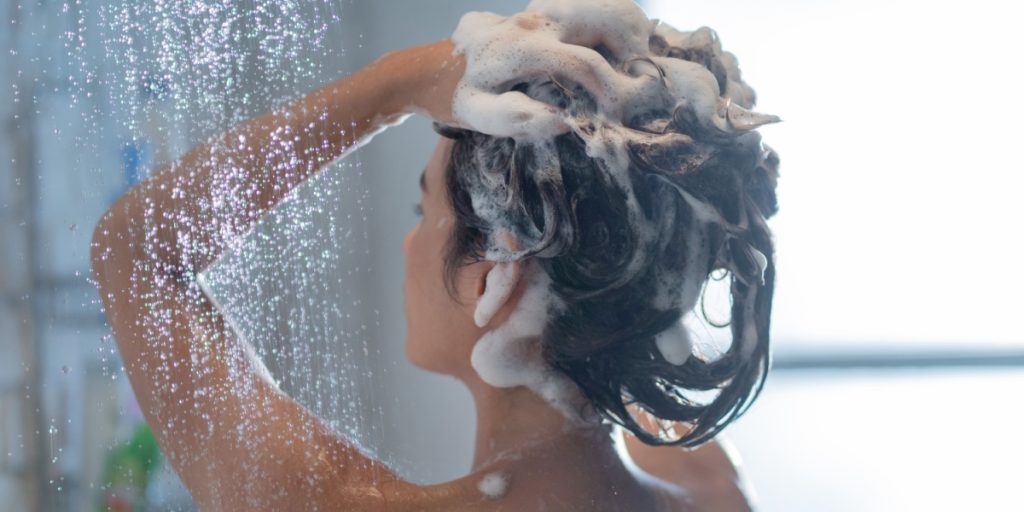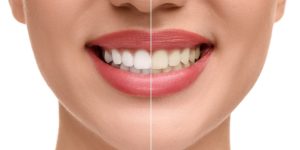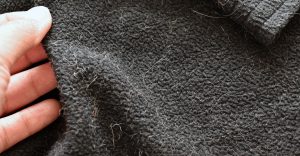Who knew that washing your hair could have so many pitfalls?
Others are reading now
Washing your hair might seem straightforward, but it’s surprisingly easy to make common mistakes that can lead to hair damage rather than cleanliness.
From the harsh ingredients in your shampoo to your washing routine, there are several important factors to consider to ensure you’re not unintentionally damaging your hair.
Here’s a comprehensive guide to properly washing your hair, helping you avoid these pitfalls and keep your hair healthy and vibrant.
Choosing the Right Shampoo
The first step in your hair care routine is selecting the right shampoo. Avoid shampoos with harsh ingredients like zinc pyrithione, commonly found in dandruff treatments, as they can irritate your scalp. Instead, opt for products formulated for sensitive skin, which tend to be gentler and less drying.
Also read
Many people wash their hair too frequently and use too much shampoo, stripping the scalp of essential oils and fats that protect against dryness. To maintain the health of your hair:
-
Limit Washing: Washing your hair 2-3 times a week is generally sufficient. This frequency helps maintain natural oil levels while keeping your hair clean.
-
Shampoo Amount: Use only a small amount of shampoo, focusing primarily on the scalp where oils accumulate. The suds will naturally run down the lengths of your hair as you rinse, which cleans the ends without stripping them of moisture.
-
Application: Massage the shampoo gently into the scalp with your fingertips. This stimulates the scalp and helps clear away build-up without causing damage.
Conditioner and Drying Your Hair
Conditioner helps keep hair soft, manageable, and protected. Here’s how to apply it:
-
Focus on the Ends: Unlike shampoo, conditioner should be concentrated on the mid-lengths and ends of your hair, which are older and more prone to damage.
-
Avoid the Scalp: Applying conditioner to the scalp can weigh hair down and lead to excess oiliness.
How you dry your hair can significantly impact its health:
-
Gentle Drying: After washing, gently squeeze out excess water with a towel instead of rubbing your hair vigorously, which can cause breakage.
-
Avoid Heat: Minimize the use of heat styling tools such as blow dryers, straighteners, and curling irons. Always apply a heat protectant product first.
-
Air Drying: Whenever possible, let your hair air dry. This method is particularly beneficial during warmer months.
Post-Wash Care
Post-wash care is just as important. Avoid keeping your hair wrapped in a towel for extended periods, as this can weaken the hair strands. Also, minimize the use of high heat for drying and styling. Air-drying is a beneficial practice, especially during warmer months, to maintain hair health and prevent damage.








